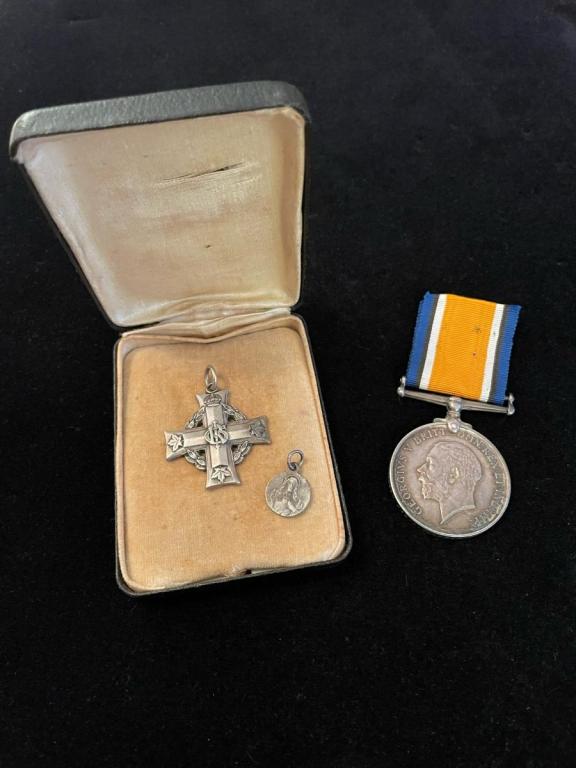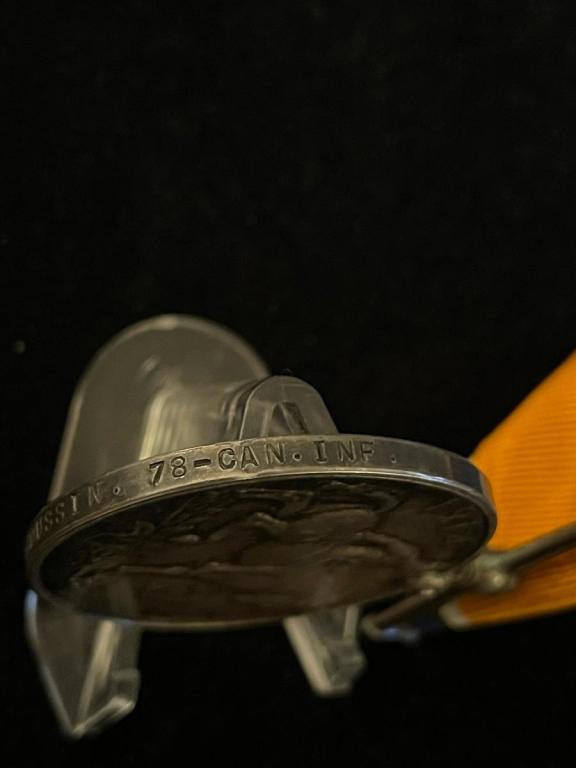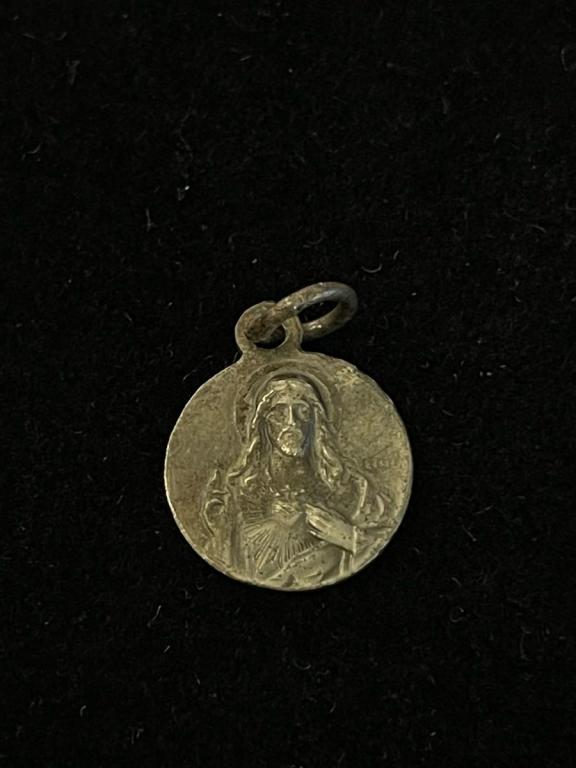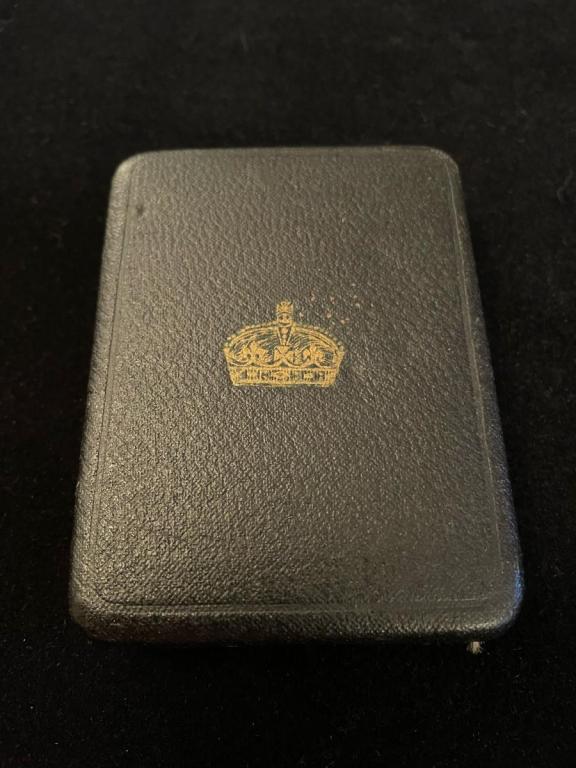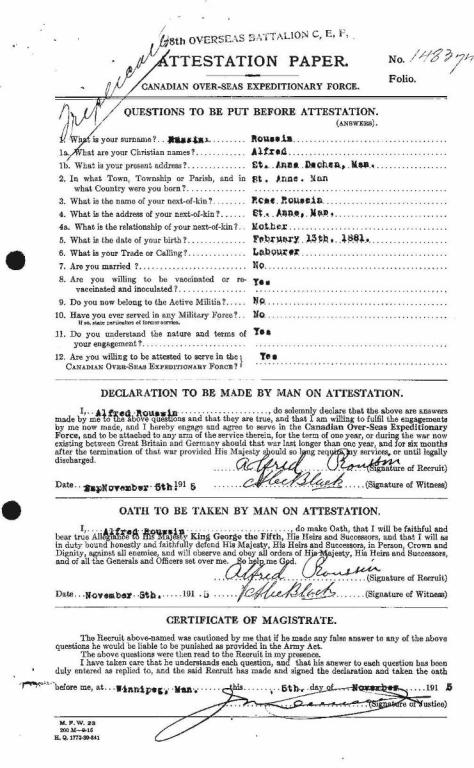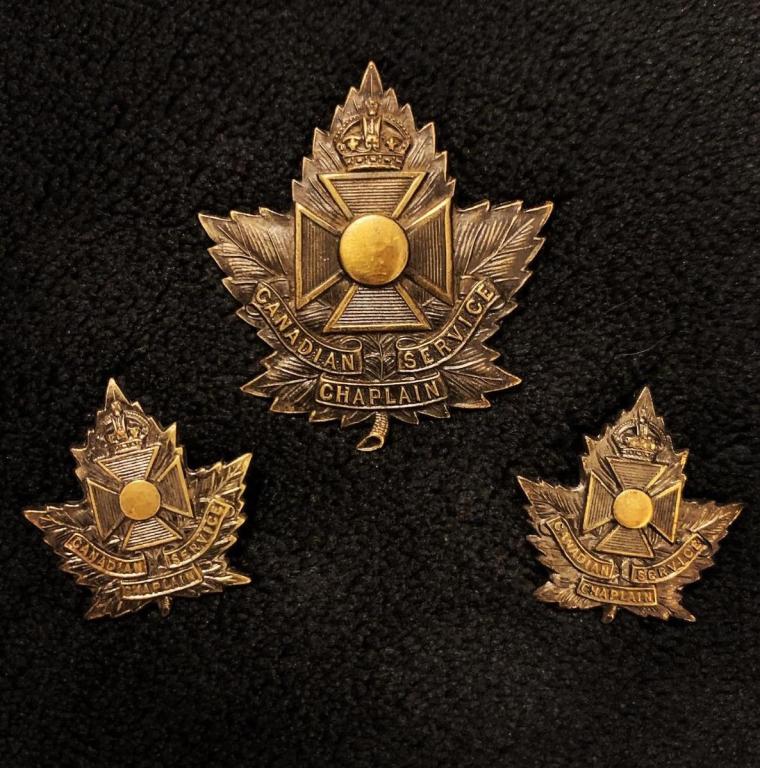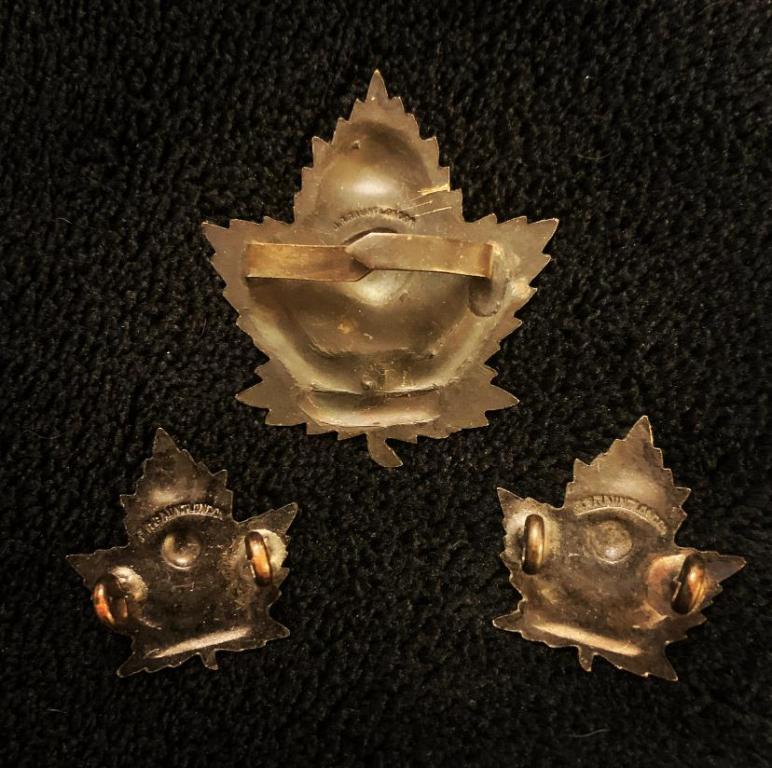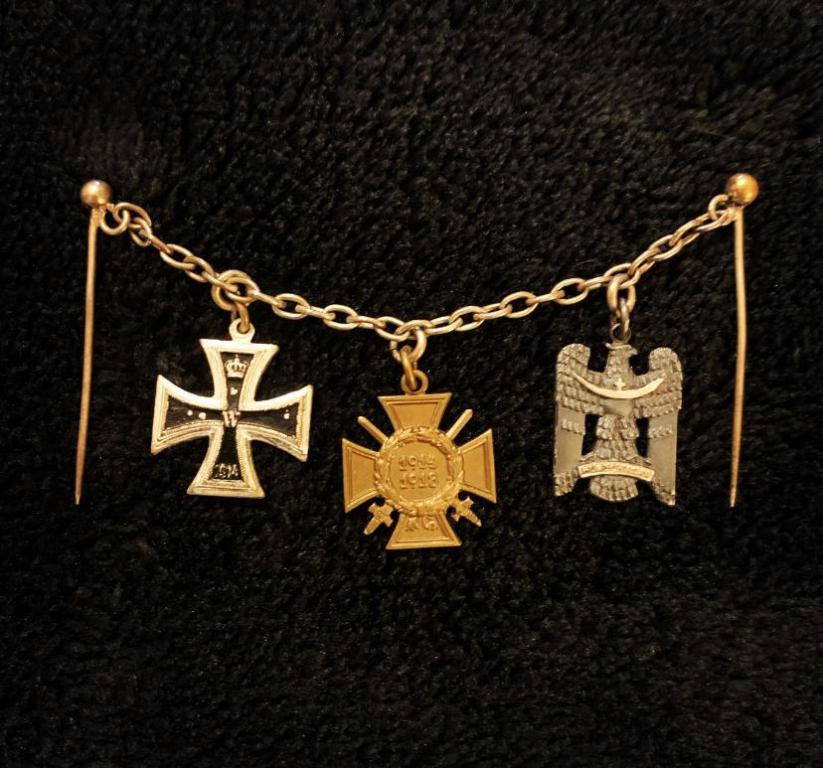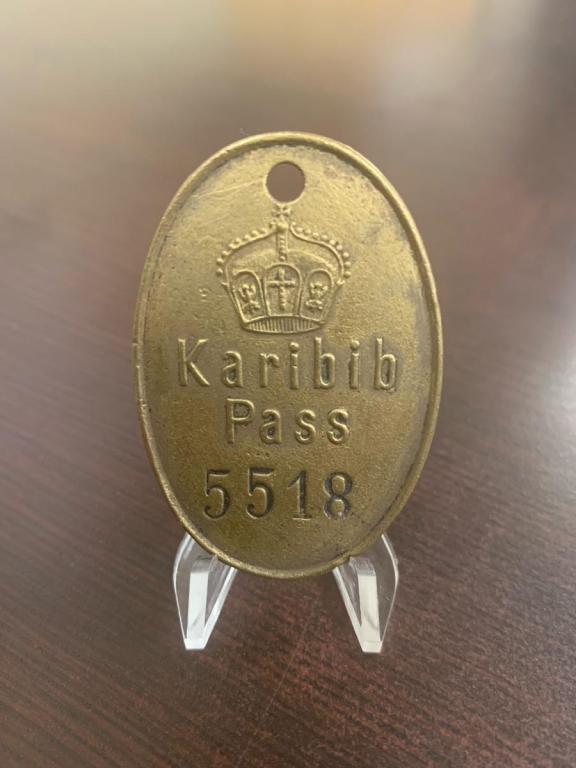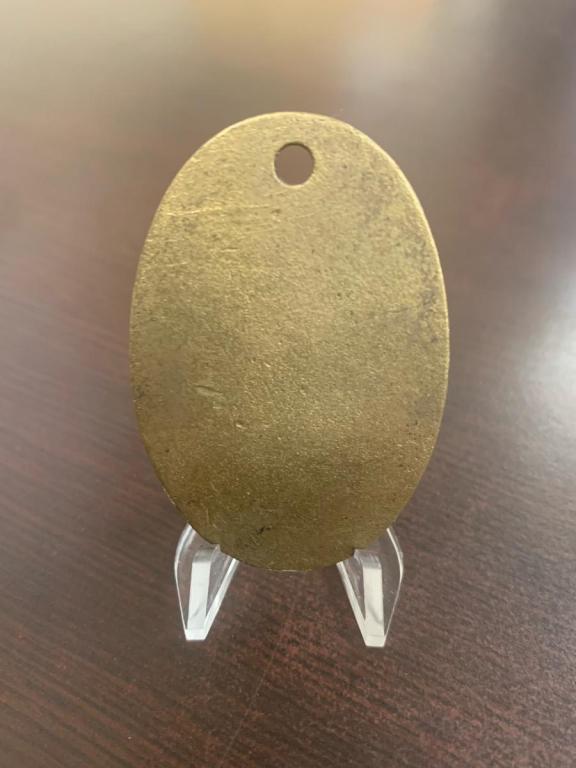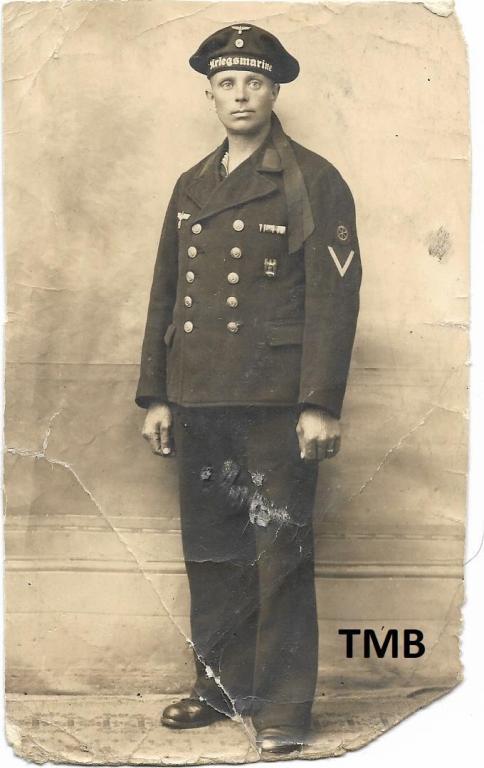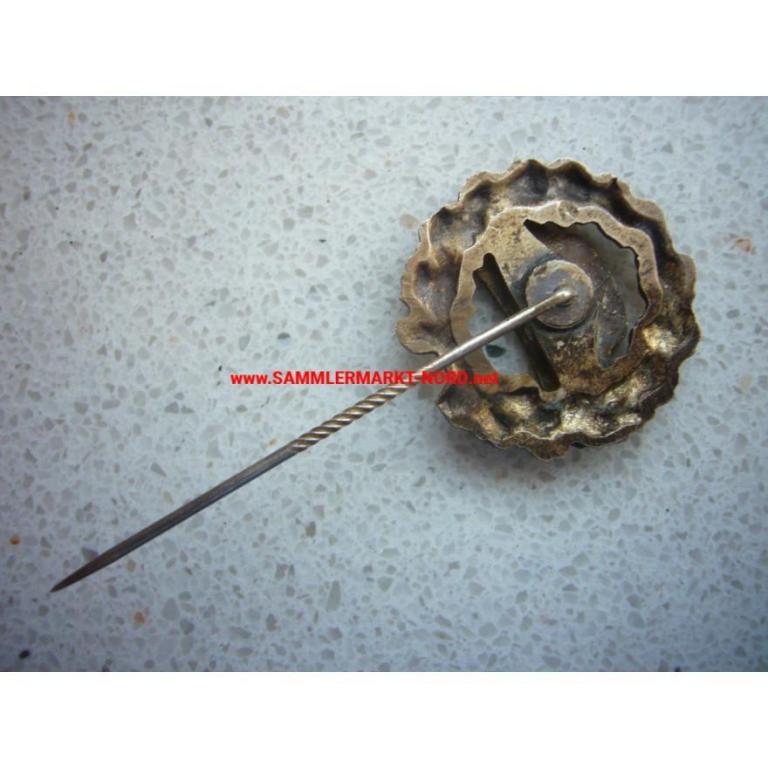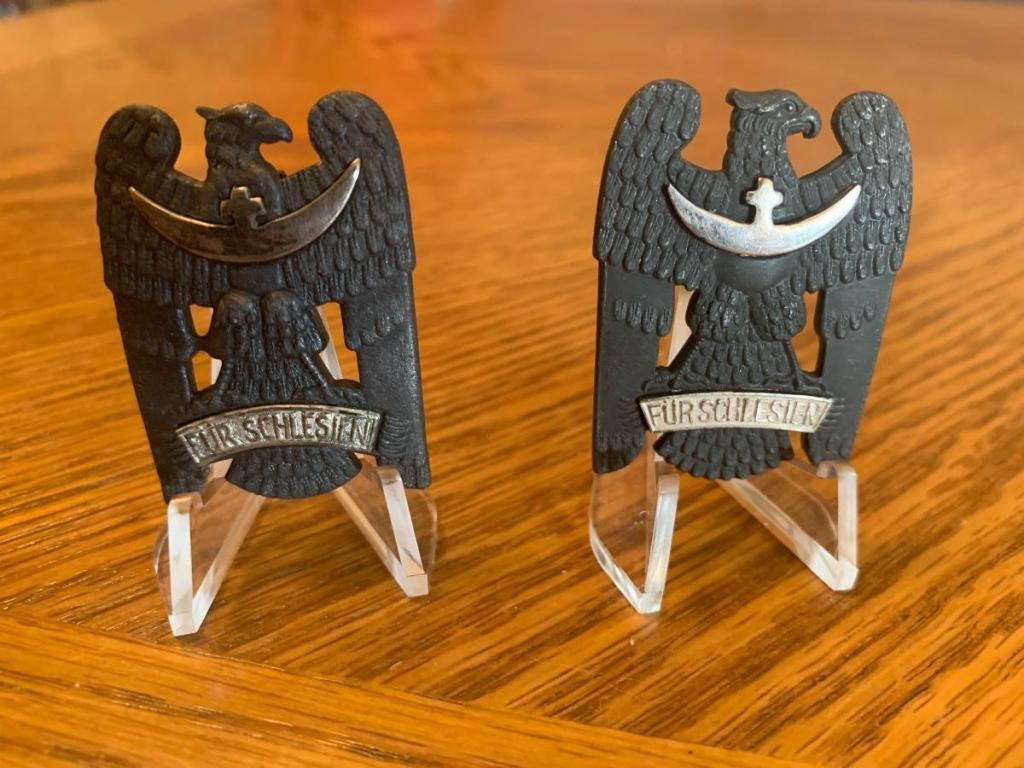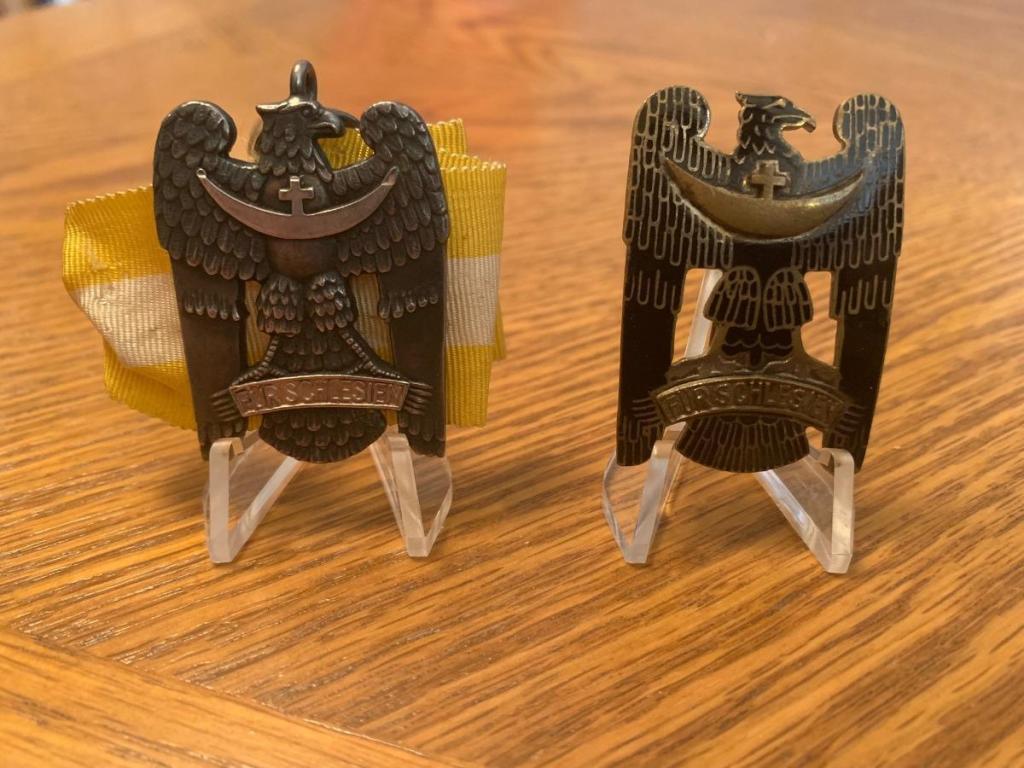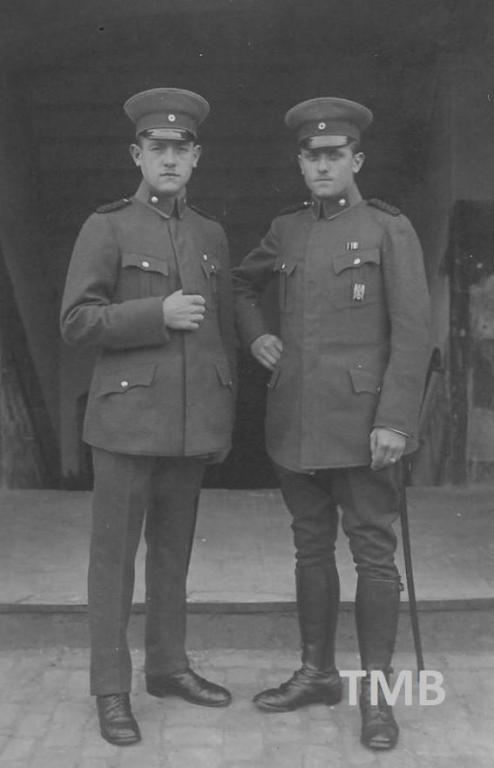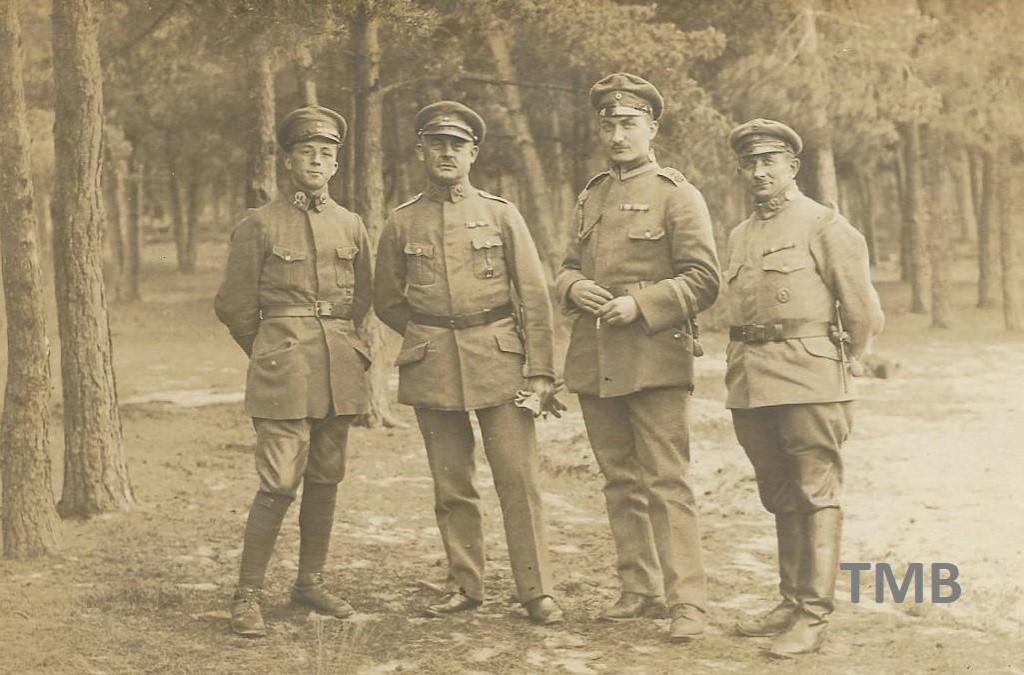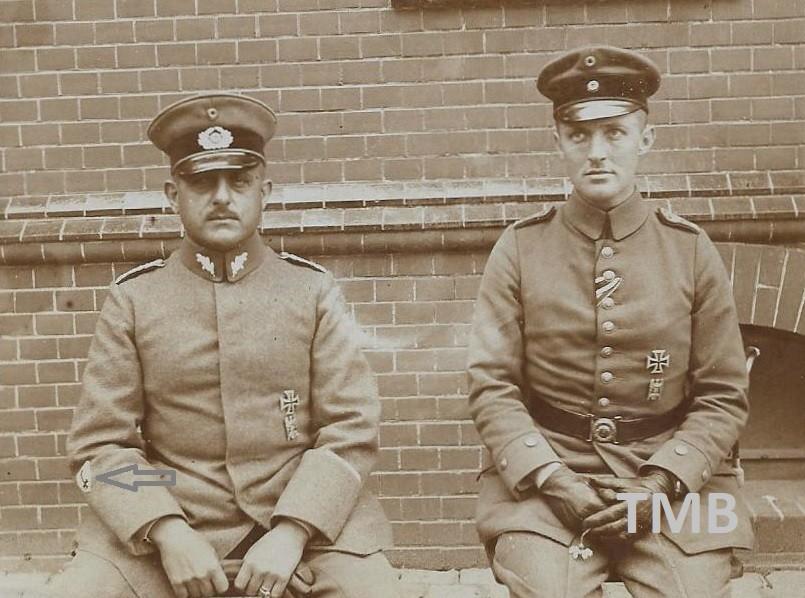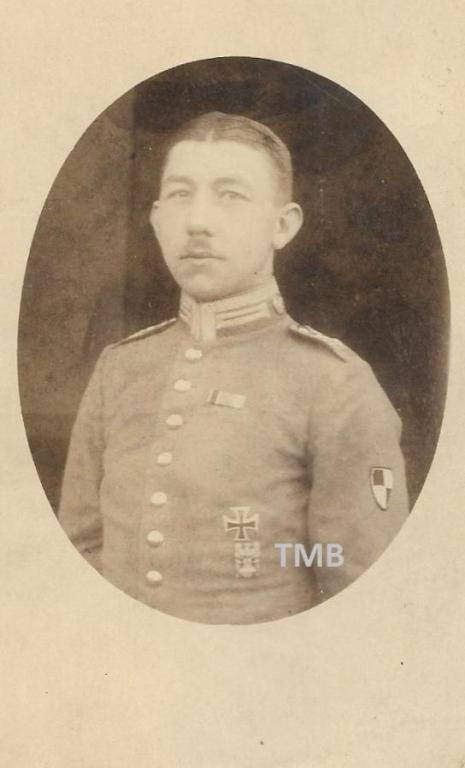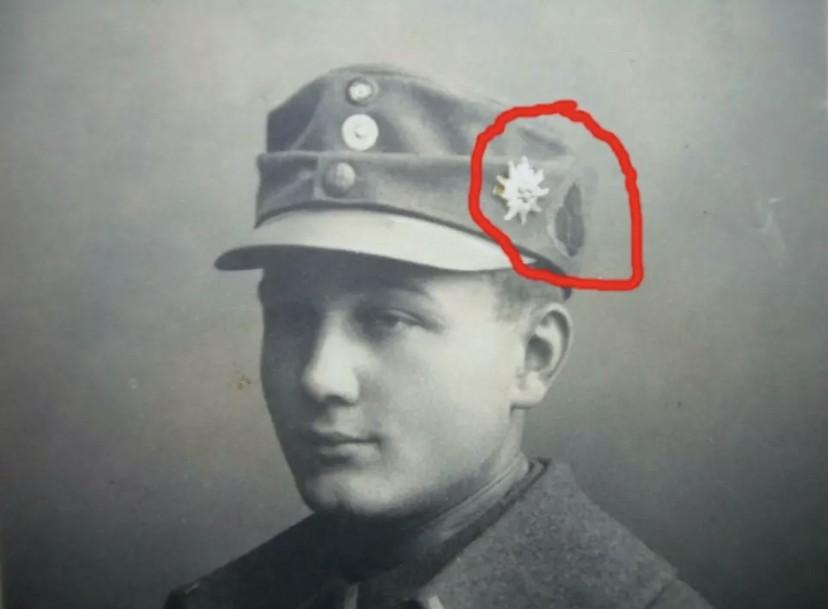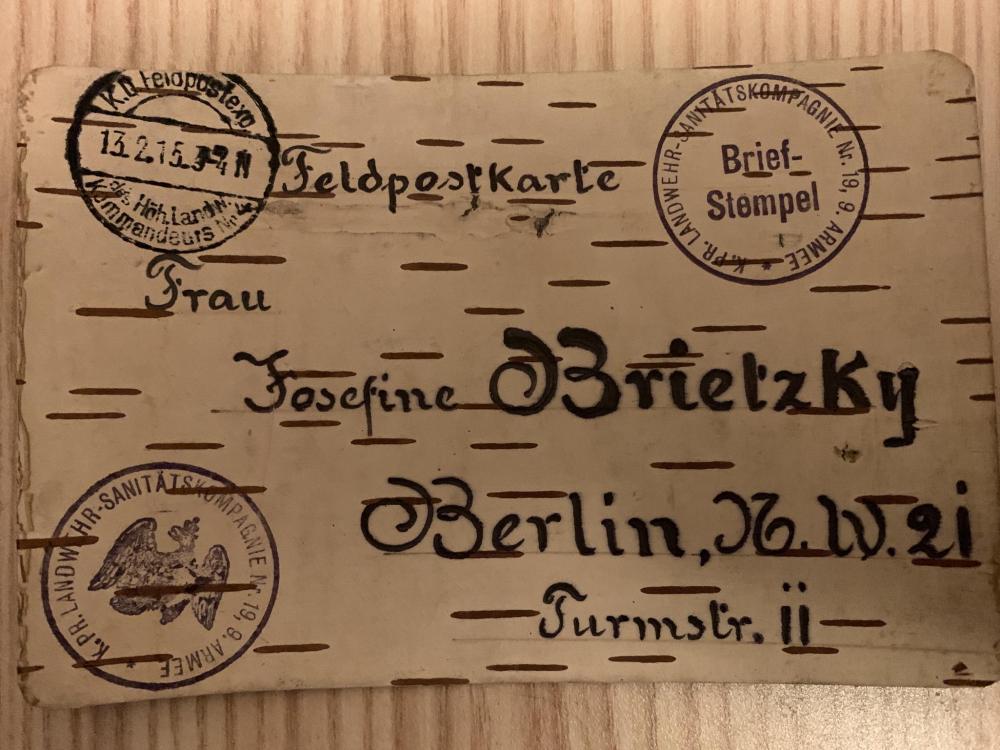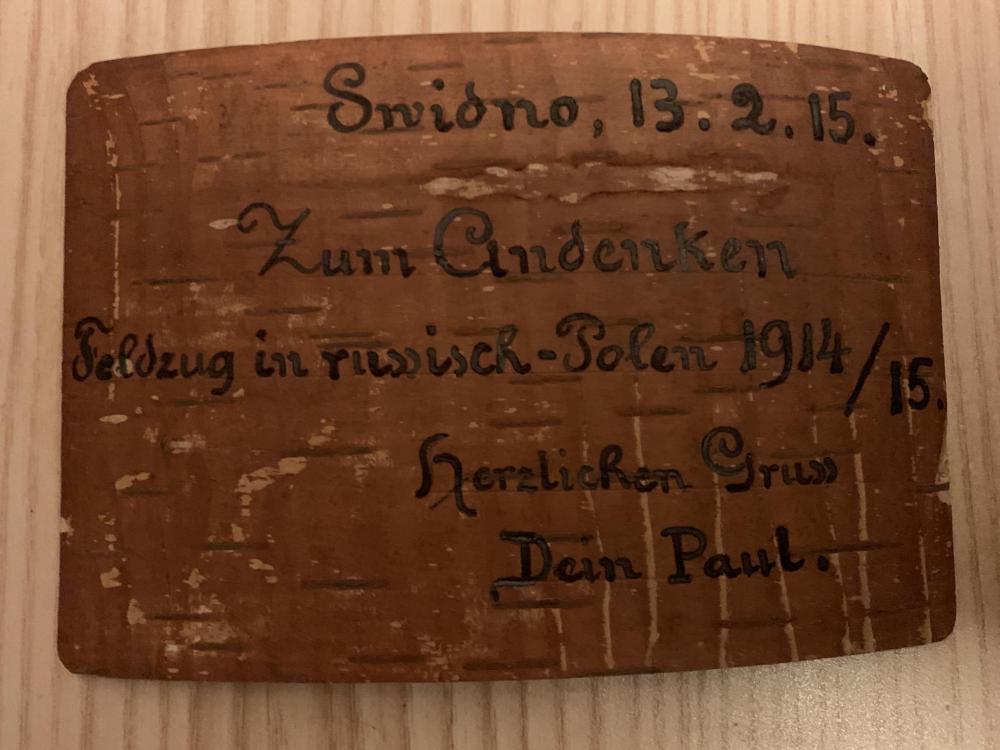-
Posts
40 -
Joined
-
Last visited
Content Type
Profiles
Forums
Blogs
Gallery
Events
Store
Everything posted by TheMadBaron
-
I just acquired this small Vimy Ridge casualty group to Private Alfred Roussin, a Métis soldier who served with the 78th Battalion CEF (Winnipeg Grenadiers). Along with the rest of the 78th, Private Roussin was involved in the attack on Hill 145, the current site of the Canadian Vimy Memorial, on the morning of April 9th, 1917. He was listed as missing in action on the same day, and later declared dead. The 78th took 600 casualties in the battle overall, and all but one of its Officers were dead or wounded. The group consists of his British War Medal, cased Memorial Cross, and, as a Catholic, a small Sacred Heart of Jesus Medal: Private Alfred Roussin's name appears on both the Canadian Vimy Memorial and the National Métis Veterans' Memorial Monument in Batoche, Saskatchewan:
-
I'll follow up in the hopes that someone can point me in the right direction now that I have it in hand. The medal I obtained features a stamped dedication to "J. WM. CLARKE 93RD, REGT.". From my research I am confident that the dedication is official and period (uneven lettering, approximately half the width of the medal, consistent patina). Tracing Clarke is another issue, however. Checking through British medal rolls on Ancestry, there are two John Clarkes, one James Clarke, and one WIlliam Clarke who served with the 93rd Highlanders and received the Crimea Medal, but no one named as a combination of "J. William". forces-war-records.co.uk gives an even greater number of candidates based on the (presumptive) combination of John/James William. As someone who is very new to British medals, could someone possibly provide some advice on verifying whether soldier Clarke was indeed with the 93rd Sutherland?
-
I have been delving into British medals recently and have an opportunity to purchase a Crimea Medal, with three clasps, engraved to a soldier who served with the “93rd REG’T.” (exact engraving). It is being sold as the Thin Red Line, but from my (admittedly very early) research, many Crimea Medals to the 93rd are engraved as some variation of “SUTHERLAND/HIGHLANDERS”, not “93rd REG’T”, and I know unissued medals are often dressed up with dedications to the 93rd to increase value. Could anyone please clarify what I should be looking for? Thank you for any assistance.
-
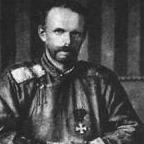
Silesian Eagles in wear
TheMadBaron replied to TerryG's topic in Germany: Weimar Republic & Deutsche Freikorps
-

Silesian Eagles in wear
TheMadBaron replied to TerryG's topic in Germany: Weimar Republic & Deutsche Freikorps
-
Membership pins given to those associated with the Kolonial-Krieger-Verein and its various incarnations from the early 20th century through to the end of the Third Reich are commonly seen, but, I also see the "Silberne Ehrennadel" offered by various dealers (most unmarked, with the marked ones I've found manufactured by Paul Küst), yet cannot find any information about this pin or what it was awarded for (I would assume long membership or meritorious contributions to the organization). Antique Photos makes no mention of this pin in its entry on the standard membership pin, and Ehrenzeichen-Orden only makes reference to various "honour badges" that were handed out. I haven't found anything on the forums, but that could be a slight on my part with search parameters. I would appreciate if anyone could shed any light on this particular pin. Example: https://www.sammlermarkt-nord.net/xoshop/verein-ehemaliger-kolonial-und-auslandstruppen-silberne-ehren.html
-
I've found these two examples, which seem to match the attributes of this being a late-period (ie. Third Reich) zinc from the accepted die: 1. https://www.wehrmacht-awards.com/forums/forum/ken-jasper-international-militaria-forums/imperial-militaria-forum/529374-pinbacks#post4723119 2. https://www.awm.gov.au/collection/C146681?image=1 In any case, I'm confident enough to proceed. Thanks for the input, everyone.
-

Silesian Eagles in wear
TheMadBaron replied to TerryG's topic in Germany: Weimar Republic & Deutsche Freikorps
Both classes in wear on what appears to be a Weimar-era Forestry Service uniform, the back dated 1927. -

Schlesischer Adler / Silesian Eagles
TheMadBaron replied to dond's topic in Germany: Weimar Republic & Deutsche Freikorps
Here are mine: 1. An unmarked zinc and an unmarked Petz & Lorenz, both I Class. 2. An unmarked II Class, likely by Godet, and a marked I Class by Max Reich. -

Silesian Eagles in wear
TheMadBaron replied to TerryG's topic in Germany: Weimar Republic & Deutsche Freikorps
Here are a few out of my collection: 1. Abstimmungspolizei Oberschlesien 2. 3rd Marine Brigade von Loewenfeld 3. Freiwilligentruppen der 32. Reichswehr-Brigade/Freiwillige 12. (Schlesische) Infanterie-Division 4. Freikorps Paulssen -
I'm in the process of purchasing this Kolonialabzeichen on the classifieds of WAF, but have concerns regarding authenticity, especially in light of the preponderance of fakes out there. It's a late-period zinc example, but I'm only familiar with these badges having a safety pin-style attachment, not a hinge and catch. I know this is a Weimar-era badge, but popular among Imperial collectors, so I hope it's acceptable that I chose this part of the forum. Anyway, with that in mind, I would appreciate any input on whether or not to proceed.
-

Unknown Freikorps United ID
TheMadBaron replied to TheMadBaron's topic in Germany: Weimar Republic & Deutsche Freikorps
Is it possible that these are Bayernwacht members? The reverse has a Nürnberg studio mark. -
I've recently begun collecting Imperial/WWI/Freikorps photographs, and came across this one in auction. I'm still at the beginning of the rather steep learning curve of uniforms and insignia of the era, and don't quite understand what I'm seeing here. Is this soldier part of the Deutsches Alpenkorps? And what is that badge behind the edelweiss? Thank you for any assistance.


